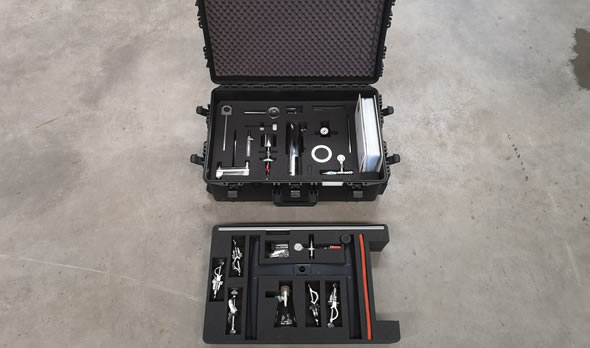Mixing plant equipment is an indispensable and high-performance equipment in infrastructure construction, and it is also a frequently used equipment. After use, it can accelerate the construction period of buildings, bridges, highways and railways, and reduce the use of manpower. When using mixing plant equipment, it is necessary to master the steps of finding faults due to leakage in order to quickly solve problems when leakage occurs.
There are various reasons for leakage faults in mixing plant equipment, including:
1. Equipment insulation aging: Long term use of mixing plant equipment may cause aging of insulation materials due to various factors, leading to equipment leakage.
2. Equipment moisture: In humid environments, equipment is prone to moisture, leading to a decrease in insulation performance and causing electrical leakage.
3. Equipment component damage: Damage to equipment components, such as motor windings, capacitors, etc., may cause equipment leakage.
4. Poor wiring: Poor, loose or detached wiring of the equipment may also cause electrical leakage.
5. Human error operation: When the operator is operating the mixing plant equipment, misoperation may cause the equipment to leak electricity.
Steps for troubleshooting electrical leakage in mixing plant equipment
1. Power outage inspection
Firstly, cut off the power supply and check whether the wiring, components, and motors of the mixing plant equipment are intact and undamaged. If obvious aging or damage is found in the circuit, the damaged circuit or components should be replaced in a timely manner. At the same time, check whether the winding and wiring of the motor are in good condition. If there are any abnormalities, they should be dealt with in a timely manner.
2. Observe the dashboard
Observe if there are any abnormal indications on the instrument panel of the mixing plant equipment, such as whether the ammeter, voltmeter, etc. are normal. If abnormal indications are found on the dashboard, the corresponding circuits and components should be checked in a timely manner.
3. Use a megohmmeter to measure insulation resistance
Use a megohmmeter to measure the insulation resistance of the mixing plant equipment and check if the insulation performance of the equipment is good. For components such as motor windings and capacitors, the insulation resistance of each phase should be measured separately to identify the fault. If the insulation resistance is found to be lower than the standard value, the corresponding fault point should be dealt with in a timely manner.
4. Identify each fault point one by one
For complex leakage faults, a step-by-step investigation method can be adopted. Starting from the power supply end of the mixing plant equipment, check each circuit, component, and motor one by one for any leakage. You can use tools such as a test pen and a multimeter for inspection. If any component or circuit is found to have leakage, it should be dealt with or replaced in a timely manner.
5. Check the grounding situation
Poor grounding of mixing plant equipment may also lead to leakage faults. The grounding condition of the equipment should be checked to ensure that the grounding resistance meets the standard requirements. If poor grounding is found, it should be dealt with promptly.















